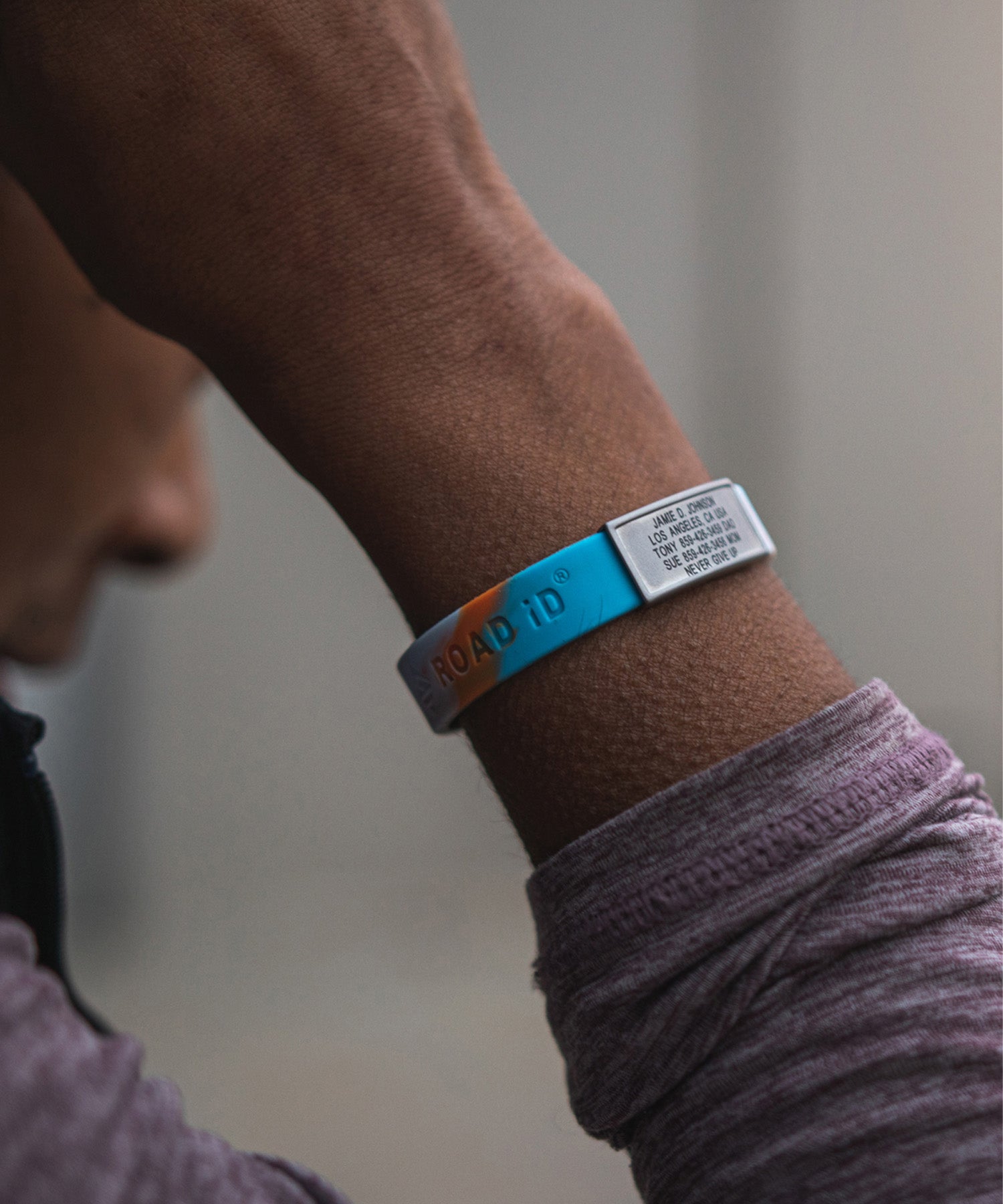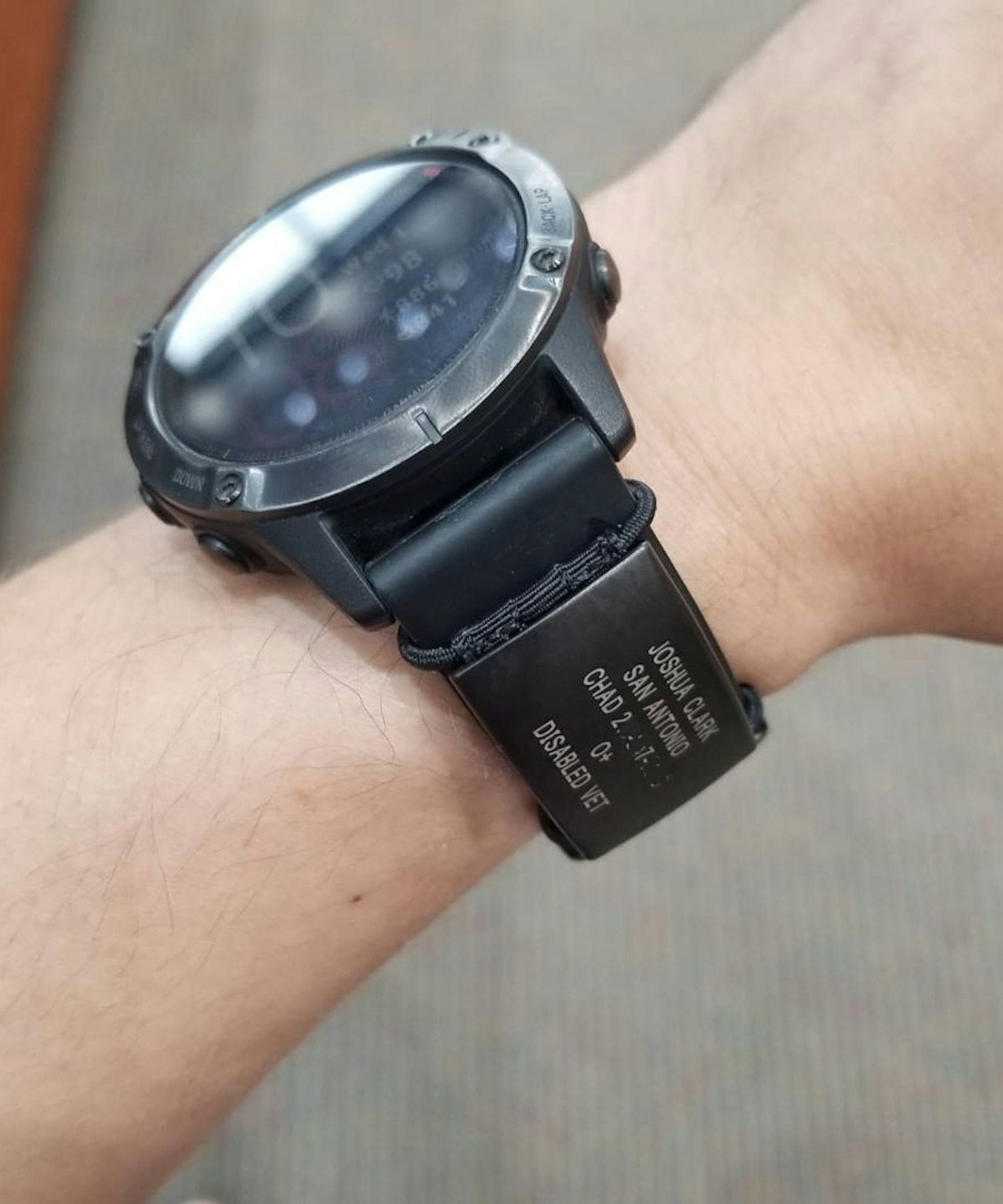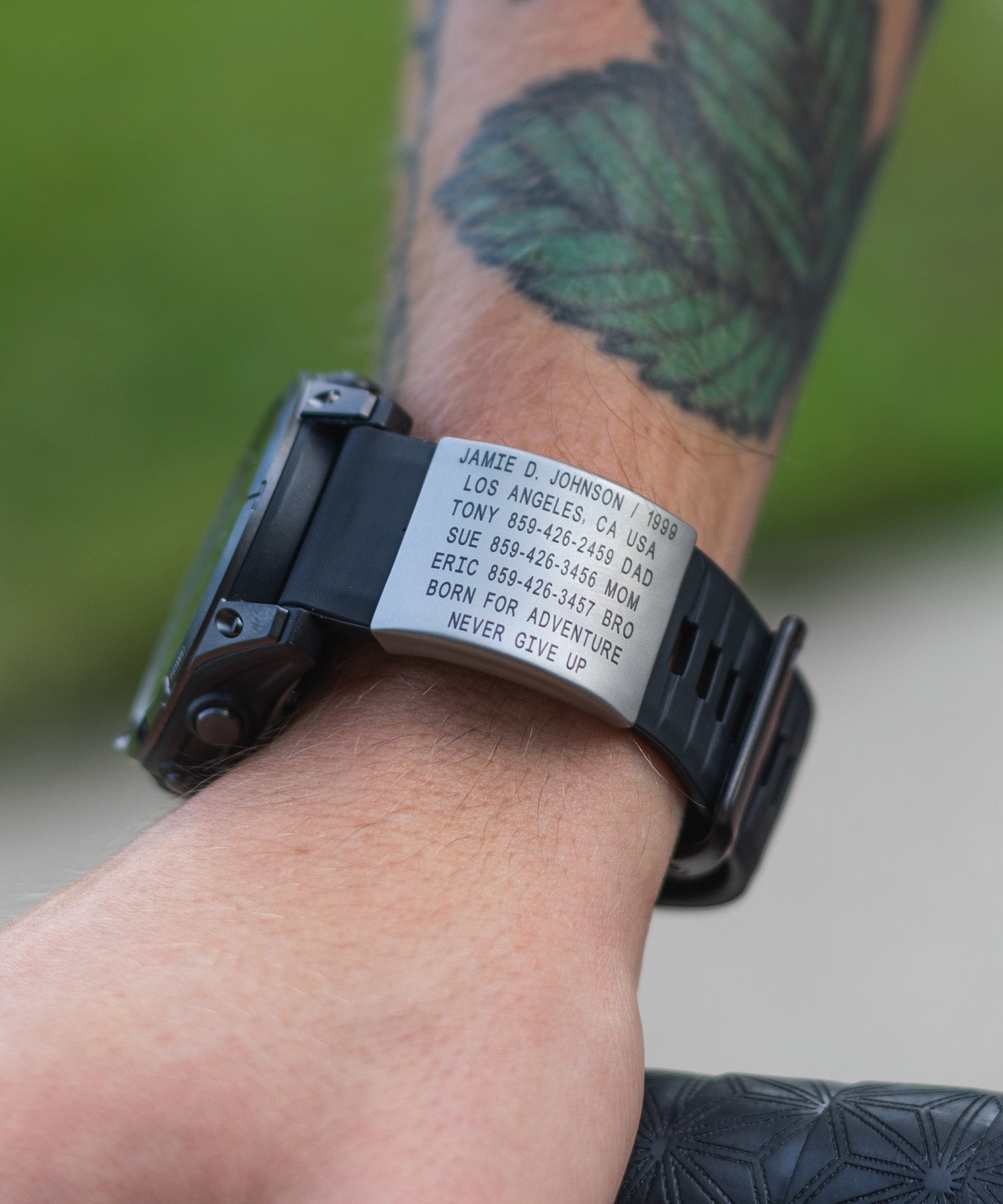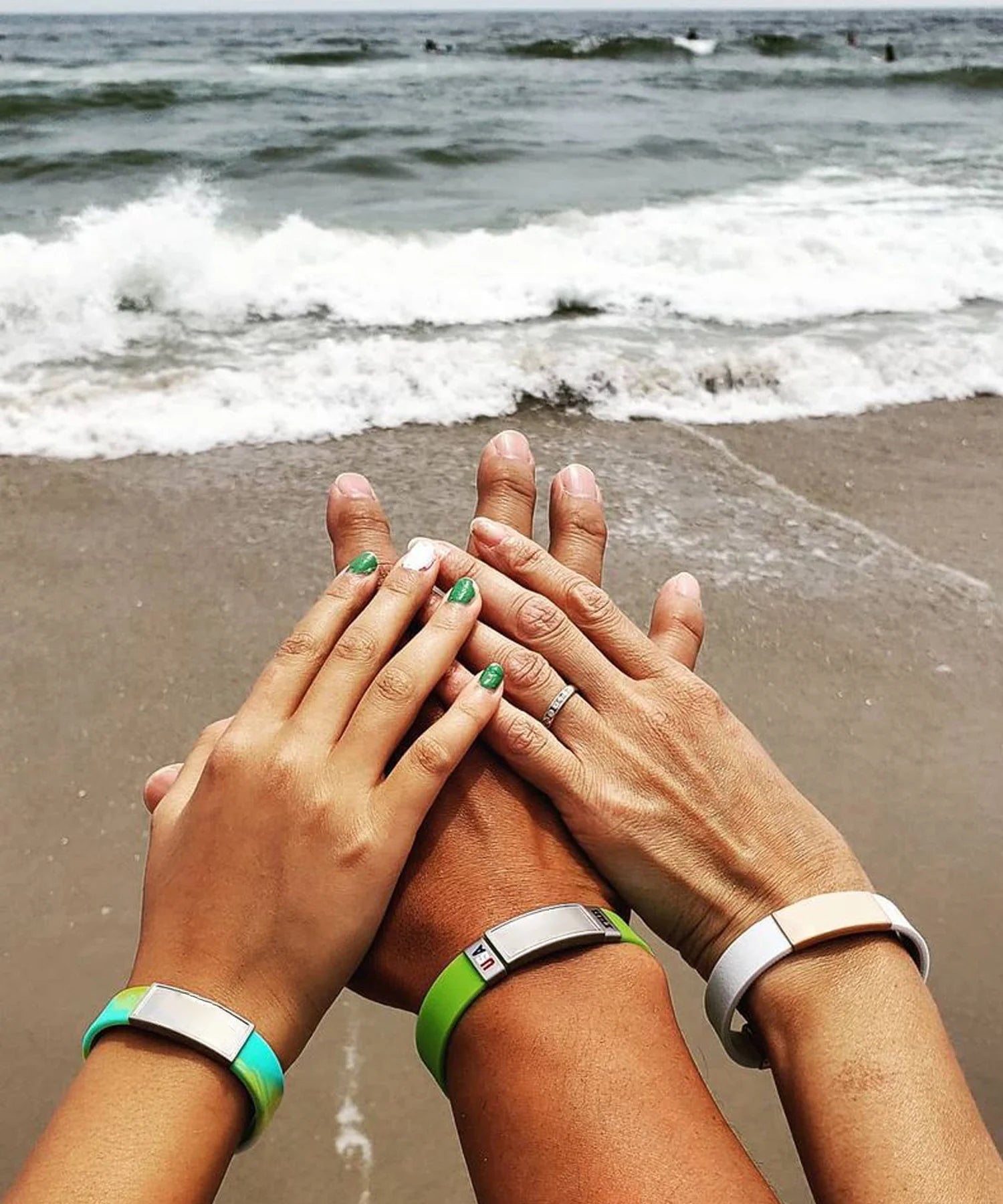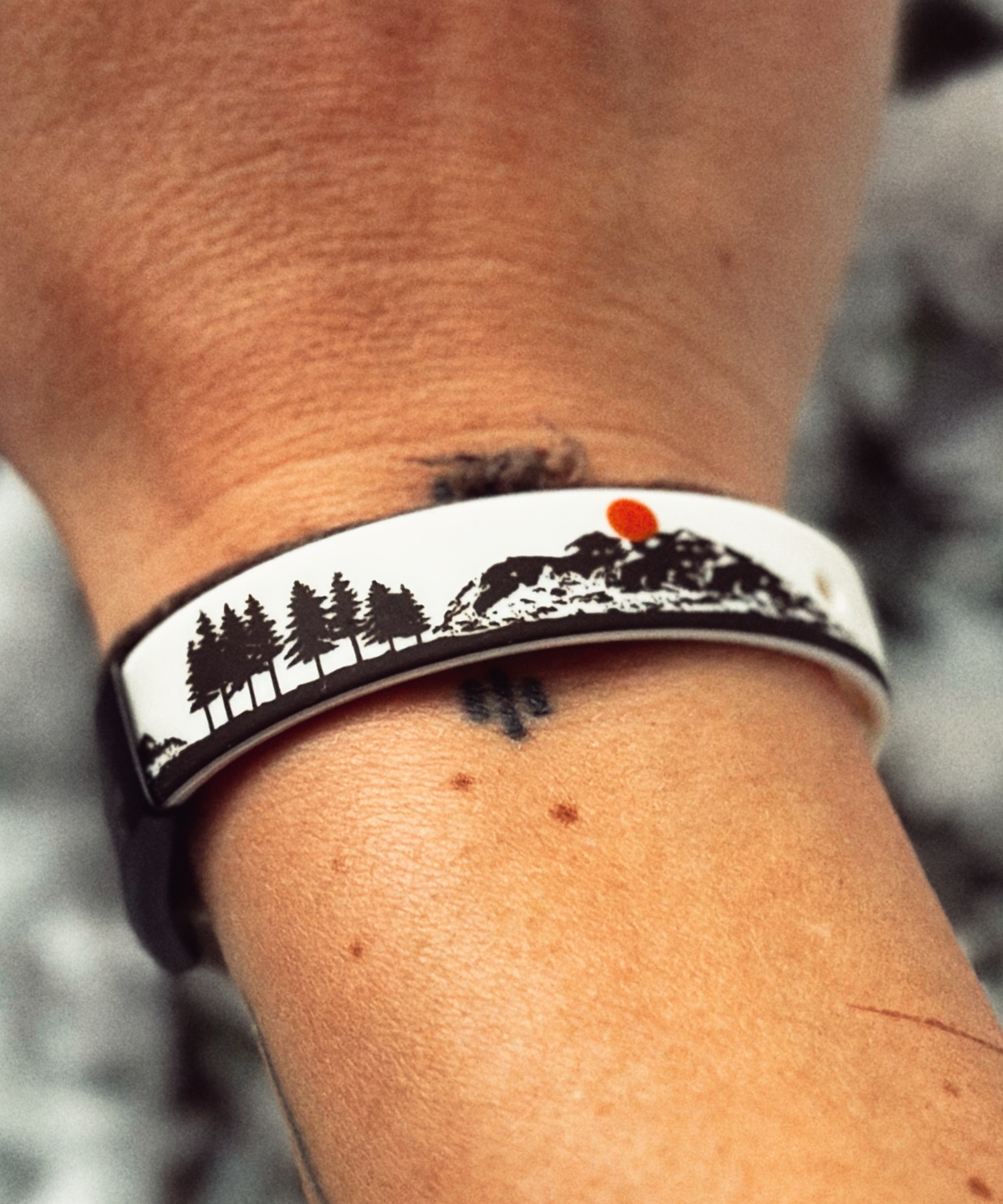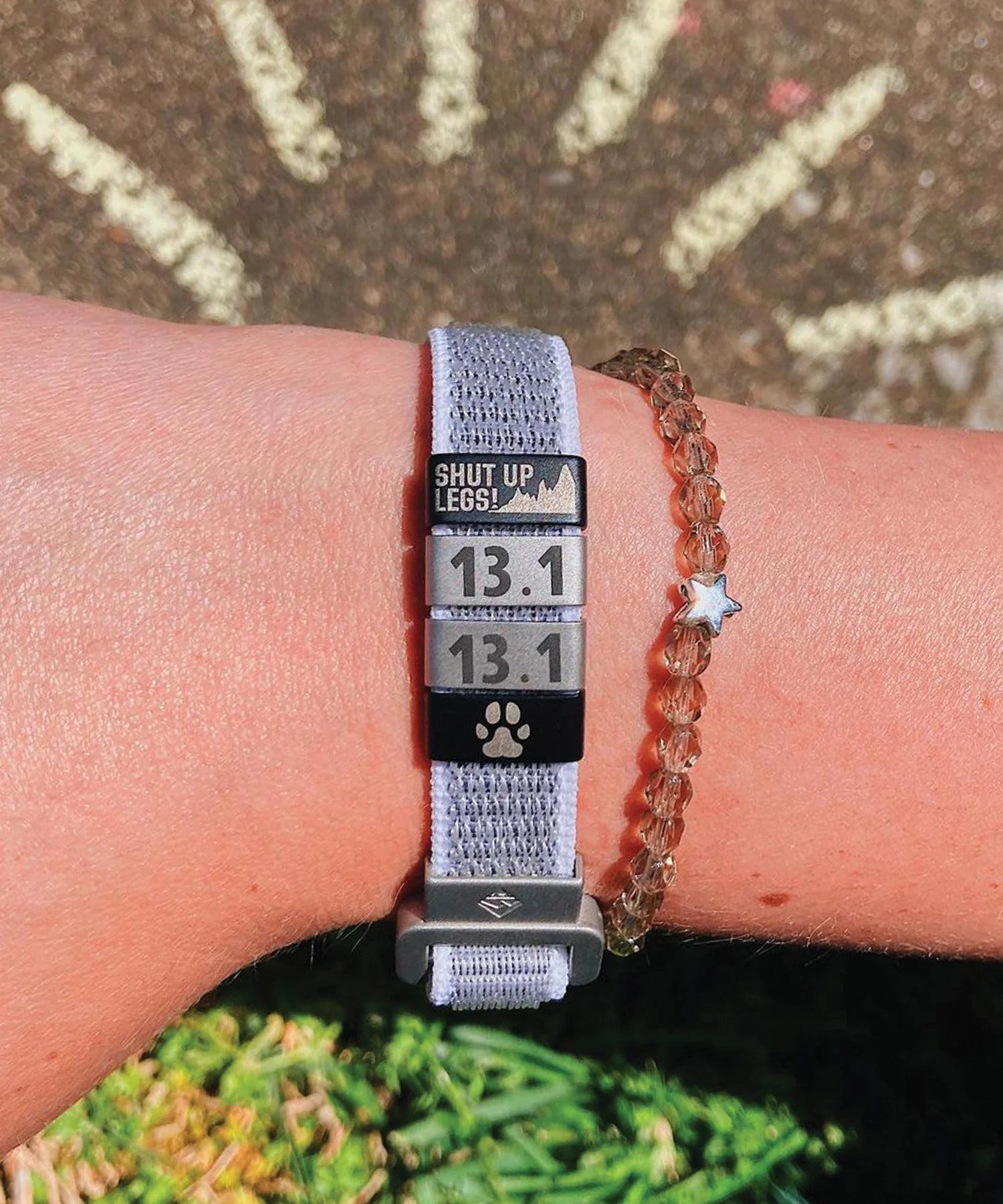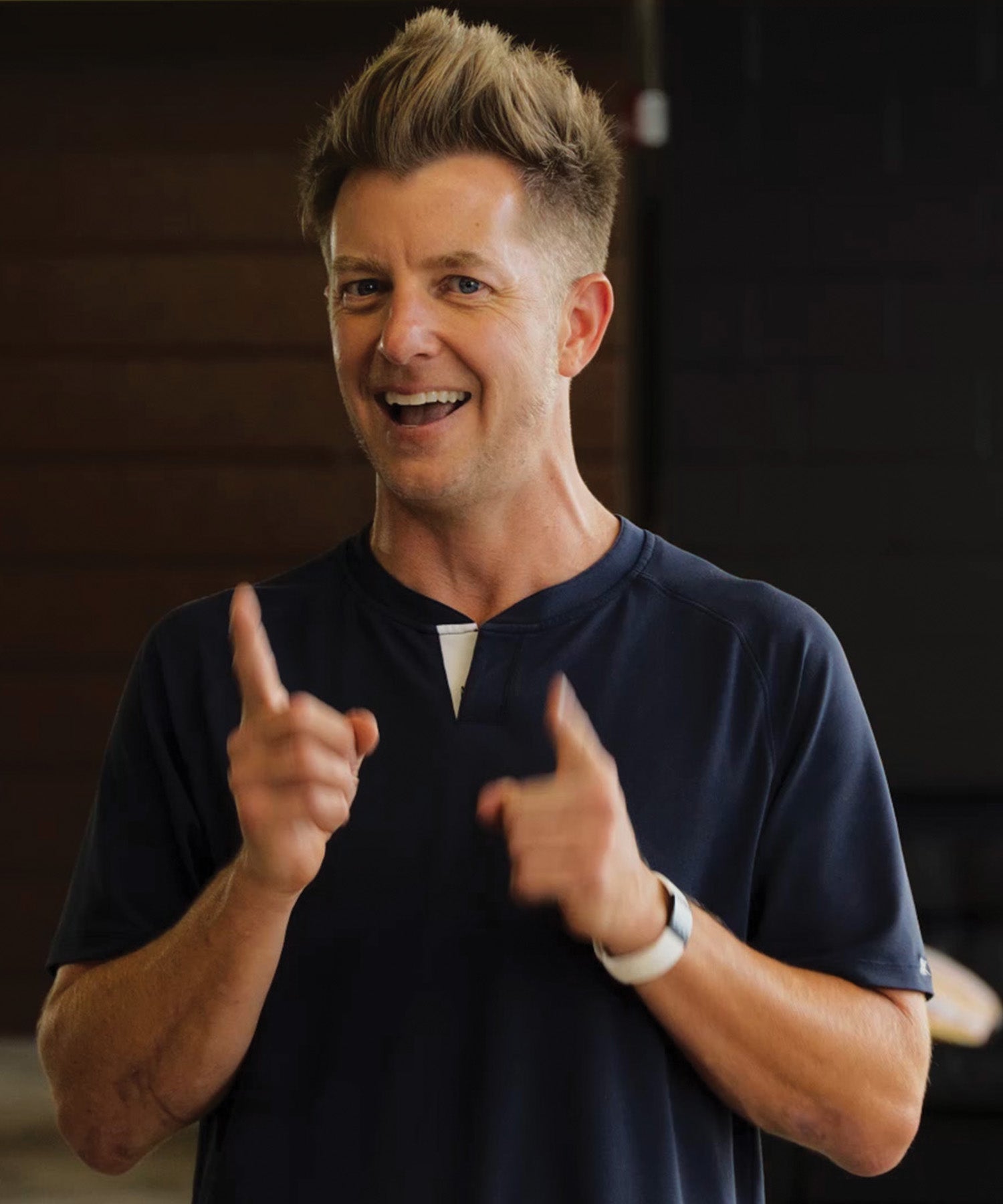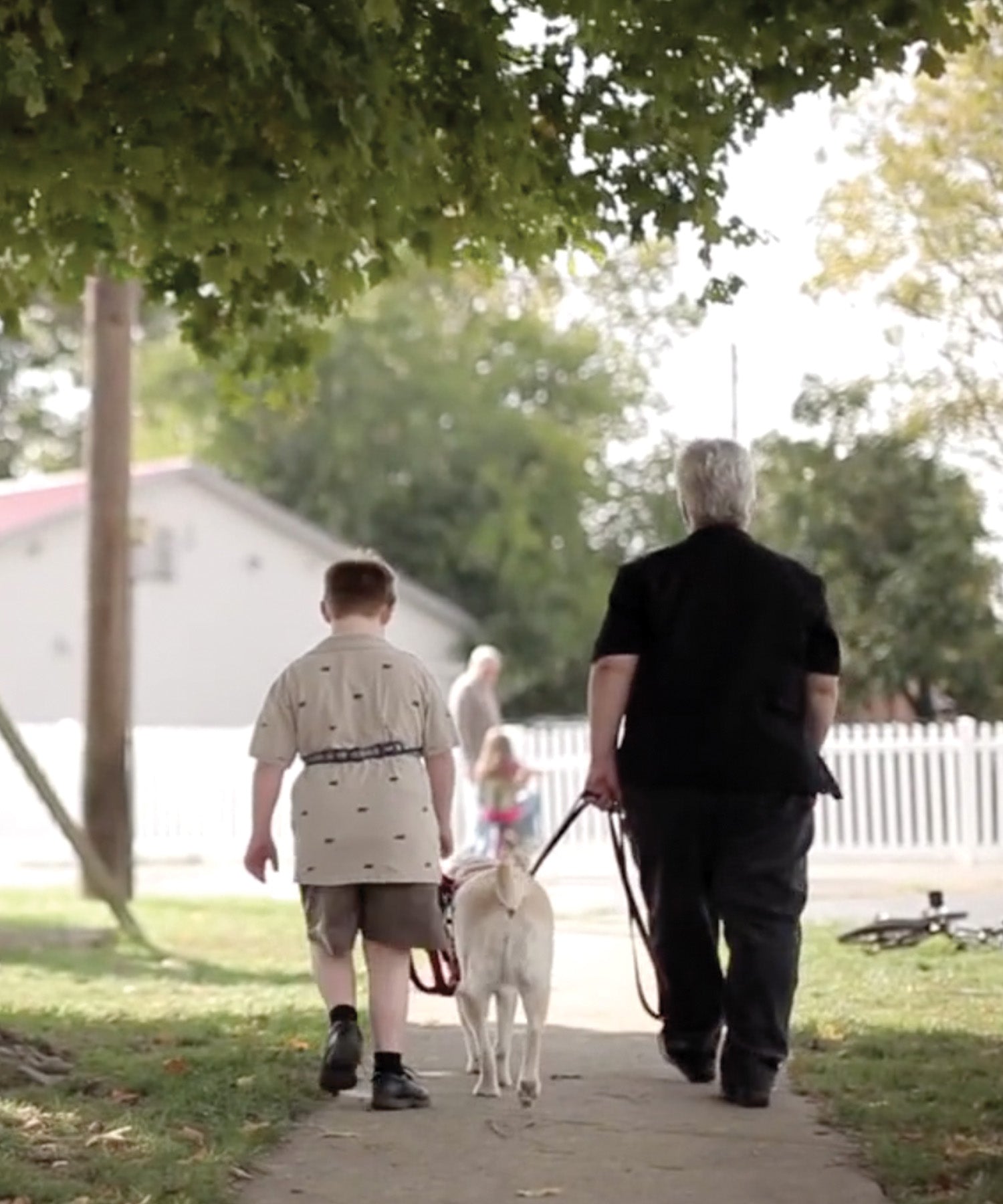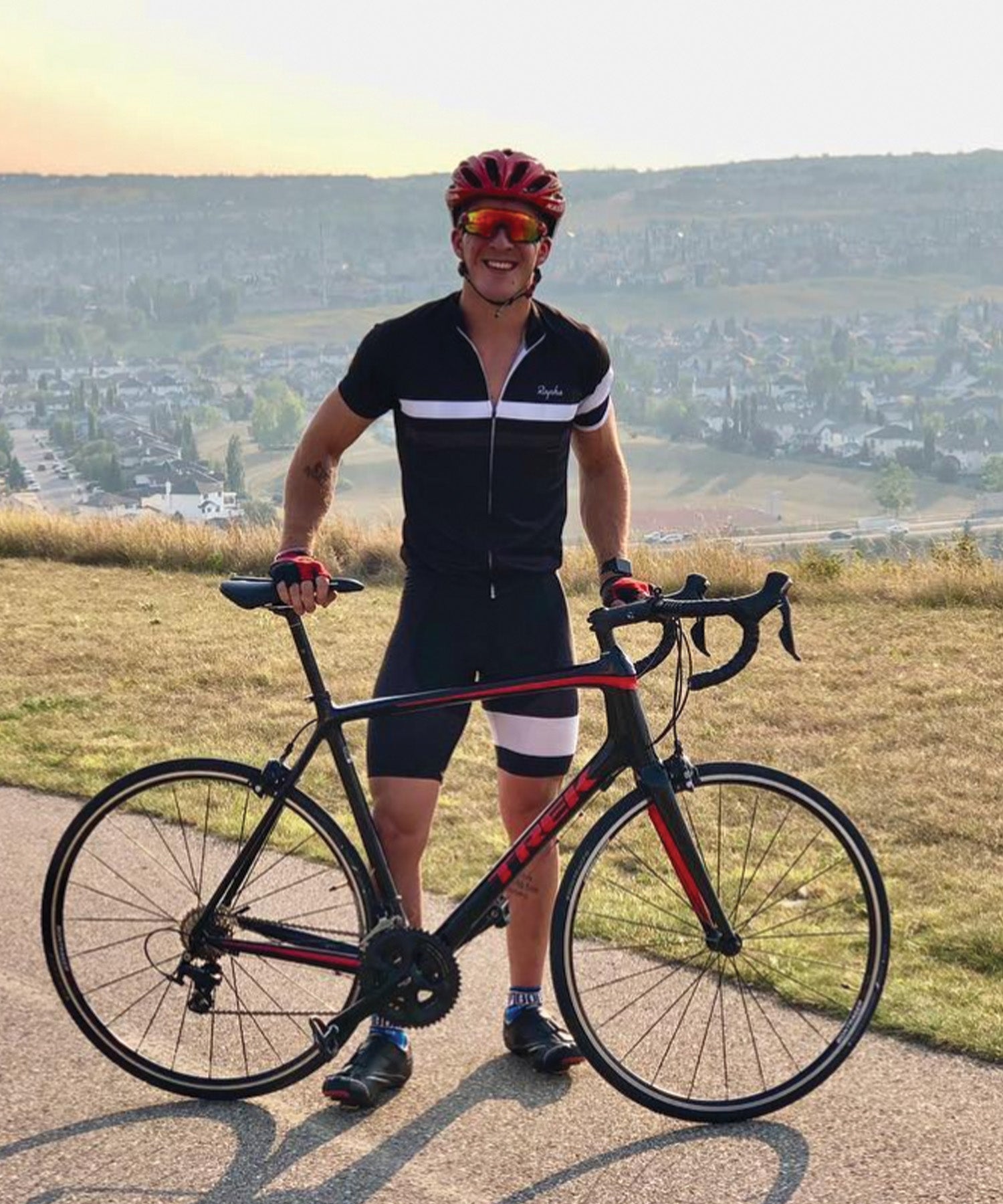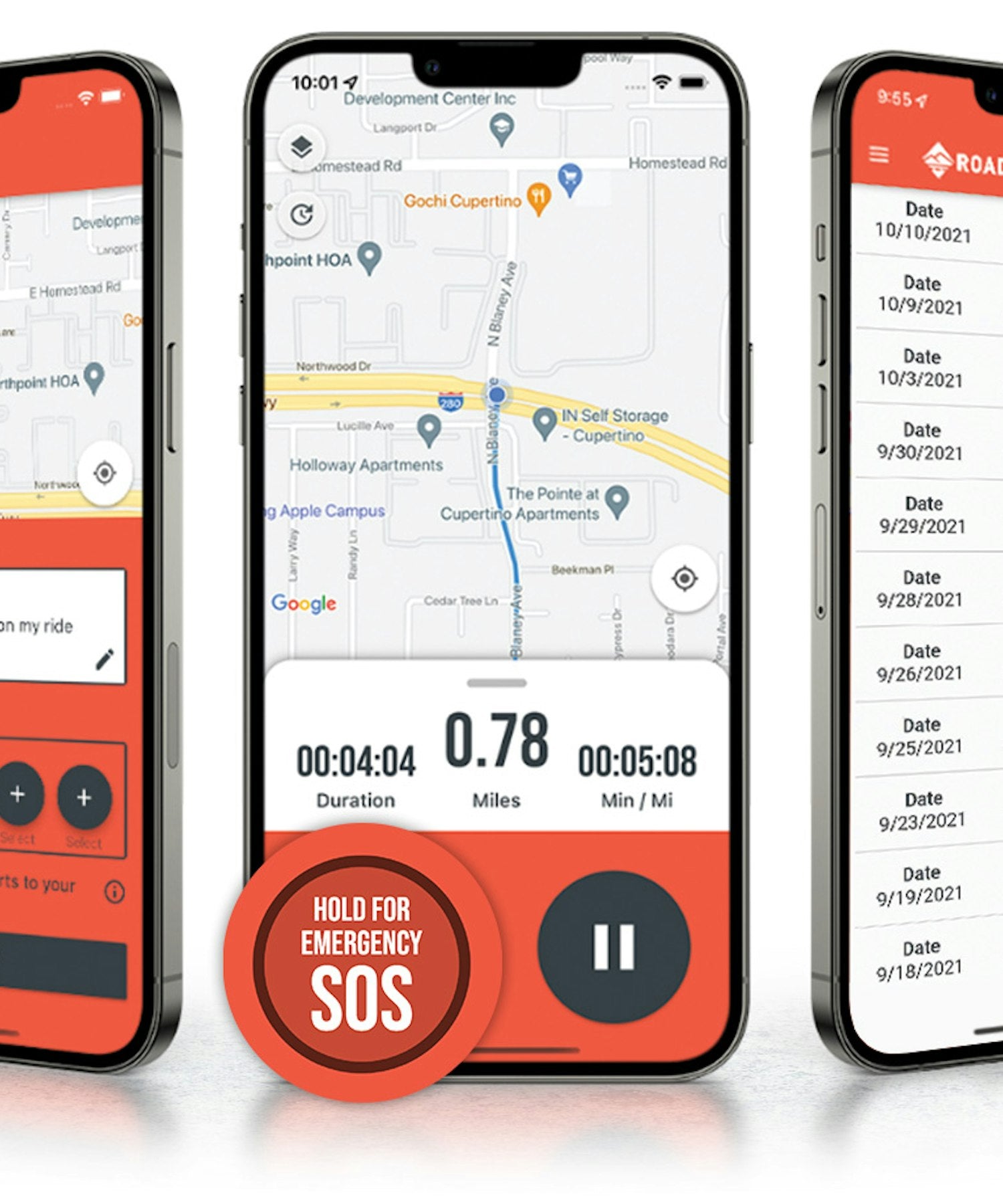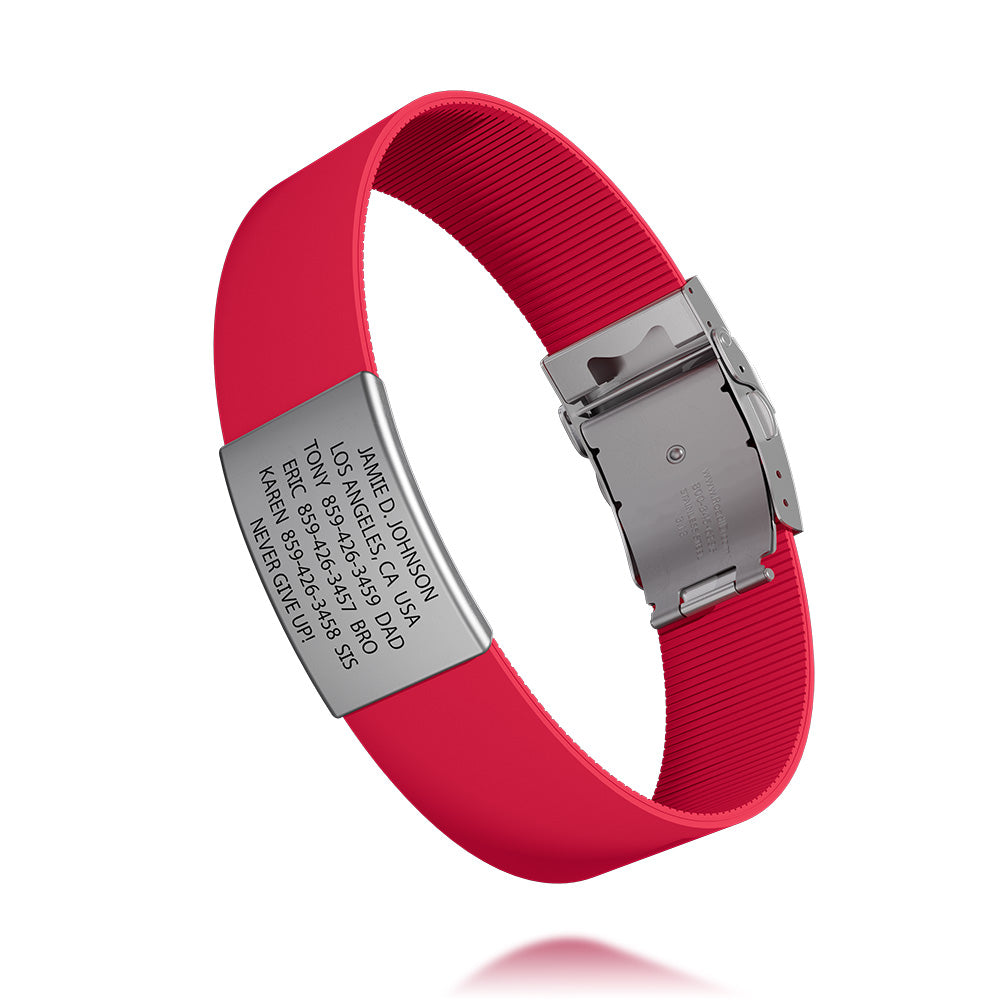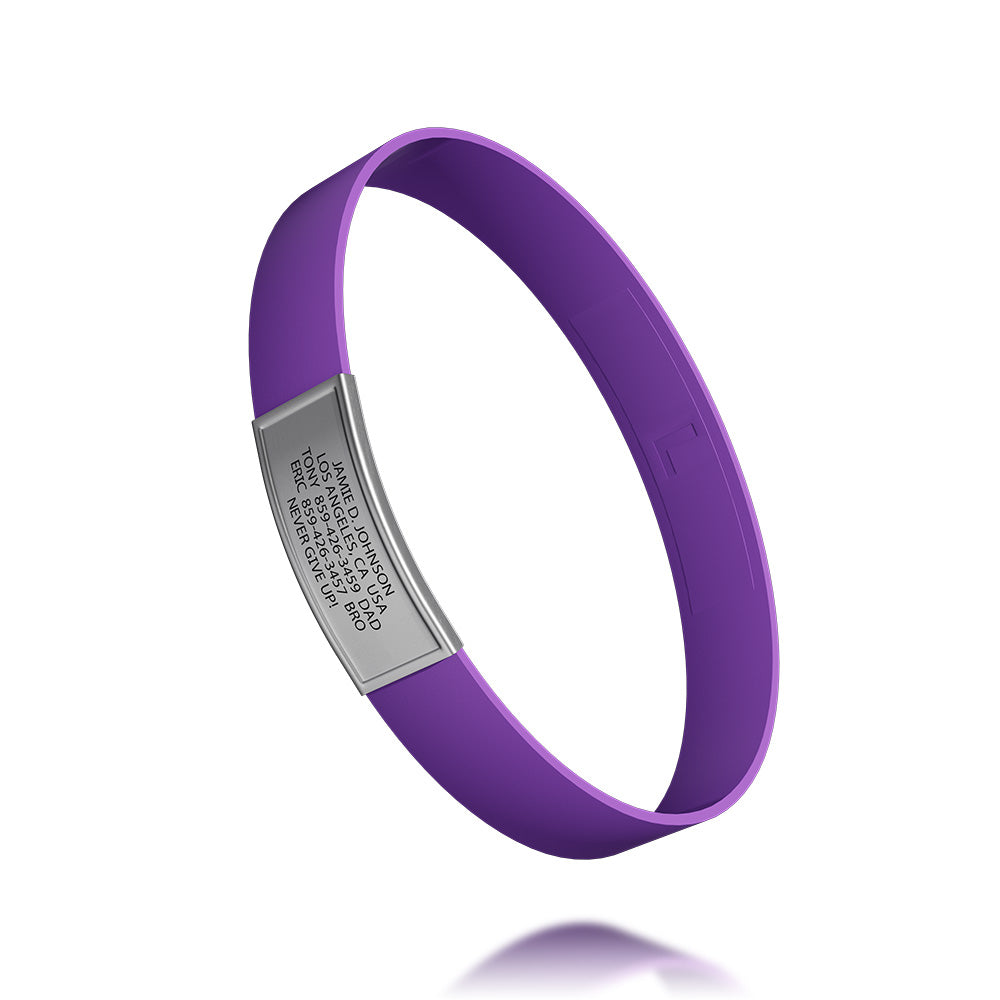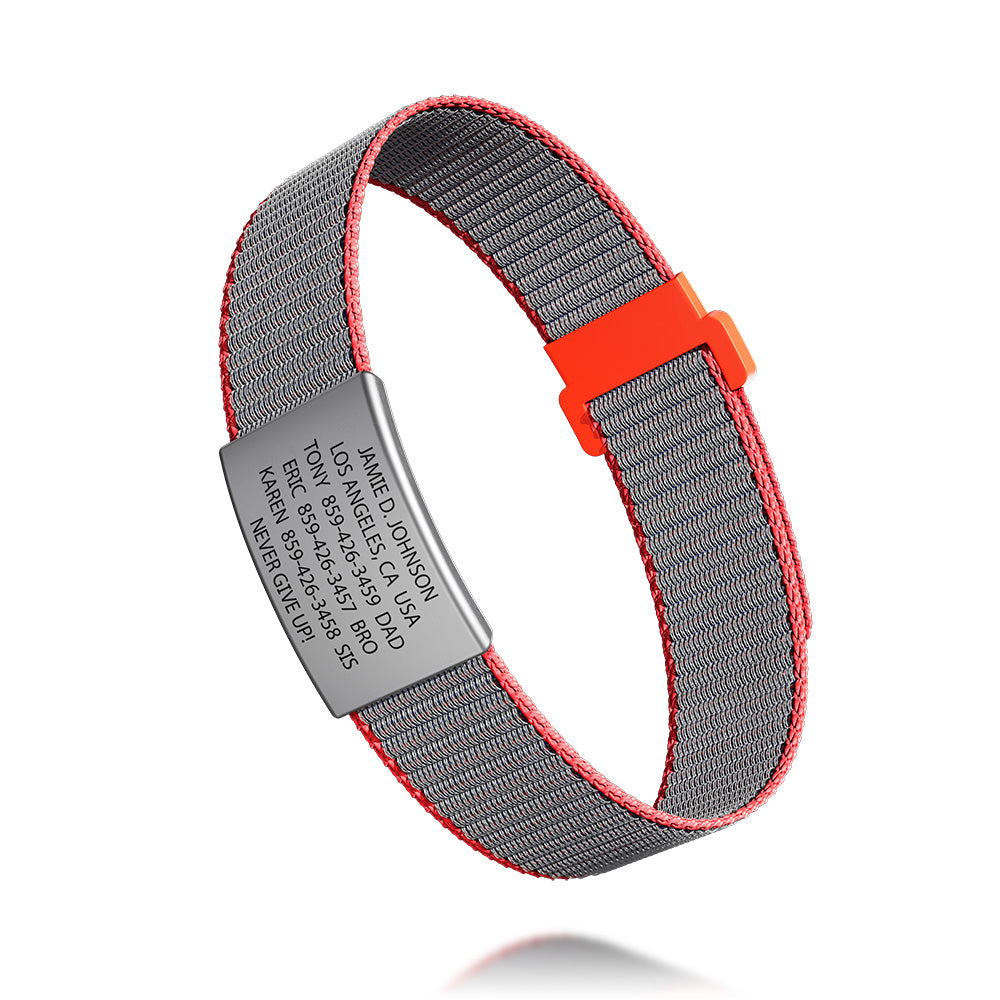The Badwater 135 Ultramarathon always offers its share of trials and tribulations, forever sculpting the mind, body and soul of its participants.
In his 10th year running and finishing Badwater 135, Harvey Lewis took first place in the legendary event. After running across Death Valley and three mountain ranges in 110+ degree temps, he finished the race in 25:50:23.
Dive headfirst into Badwater with 20 of the top questions asked by Harvey’s Facebook followers. What keeps a person going in 125 degree heat isolated in the desert? How do you stay hydrated? Why would anyone do this? Find out how Harvey's thrived where most would hardly survive.
Why is the Badwater 135 your favorite and why do you come back to it year after year?
Death Valley National Park is the largest in the lower 48 and I love it! It’s mysterious, vast, it’s landscapes inspire wonder in me. I also really love the caliber of athletes the race attracts from over 20 countries. Runners train vigorously to be in the best shape of their life. The crews and volunteers are amazing! The race is really well organized and my favorite ultra in the world.
What percentage of finishing success comes from the correct crew?
Crews are essential! You are permitted one vehicle and up to 4 crew members. I like to have at least one or ideally two crew members who have been out there once or more before. Ideally, one benefits from a crew chief with past experience. I also like to have one or two rookies in the crew.
It’s great to see the experience fresh from their eyes and I feel their excitement adds to the team, as well as my energy. Depending on your goals, it helps to have members who could keep up with you from mile 42 to 135 when you are permitted to have a crew member trail behind you. I might have one person who is not a runner, but generally I like to have at least 2-3 crew members who could stay with me the full time, if needed. Positive mindset, excellent at collaborating, dedicated, and great problem solvers are who I look for in a team member. The chemistry is critical.
What’s it like to breathe hot air and how do you sustain?
At times, especially like 2018 when the nighttime temperatures were 125, it smells a bit like a sauna. You can smell the wood heating. It’s always a bit of a shock to the system when you first climb out of an air conditioned vehicle in Death Valley. I try to keep an ice bandana around my neck and dump cool water over my head every few miles (be cautious not to get your feet wet if you want to avoid really bad blisters).
What type of crew vehicle do you have?
Dodge Caravan because it’s convenient to get in and out of for the 4 person team and has lots of storage capacity for water, coolers and gear. There are no aid stations on the Badwater course. Crews must supply their runner, leapfrogging them every mile or two.
When it hurts the most, when you want to quit, what mental techniques do you use to convince yourself to keep going? How do you determine that what you are experiencing is just pain or discomfort, and therefore ignorable, versus injury or serious dehydration that requires treatment? Would it be possible to do Badwater without a team, or is that too dangerous?
I attempt to turn any negative thoughts into a positive. My team really helps; choosing positive people they may have some positive encouragement. I try to focus on just the next crew stop; perhaps something small like listening to an iPod, having a root beer or stretching after the next mile. I try to find something positive to keep going. At times, I’ll dedicate a mile to a friend, family or student and think as if I’m running the mile with them. Being tired or fatigued is one thing; feeling a sharp pain from a joint or body part would be another. Last year I started Badwater 5 days after completing the 2,190 mile journey of the Appalachian Trail. I felt surprisingly good up to mile 42; then I really felt like I was going to pull a muscle in my groin. I ended up walking the furthest I’ve ever walked in a race in 2018, walking 93 miles to the finish. You could do Badwater without a team but not in the race. I don’t feel like I could leave 100% out there. In an event where I’m responsible for bringing myself home I’ll always reserve a bit of energy to get me there. Having the team, I often push right up to the redline and feel like collapsing by the finish.
Do you train in a sauna? Since the roads are so hot, do your shoes ever get hot on the bottom of your feet? Do you change shoes and how often at your crew points? How does one train specifically for Badwater?
I definitely use the sauna and enjoy it! I feel that it has a good number of positive qualities for the body in addition to adapting a person for hotter temperatures. You should be careful when introducing a heat training program and make sure you have had a physical with your doctor in recent years. I often start with the sauna in the winter but ideally, if I can get in once or twice a week in the couple months leading up to the race, it will really help. Shoes could melt but my Newton Gravity and Distance have always been amazing! I often wear the same shoes the whole race. This year I went through a challenging spot at mile 110 when I ran a bit too hard trying to regain ground on the 1st place Japanese runner. I couldn’t hold off the consistency of the 2nd place Polish runner (1st female). I got overheated a bit and needed to regroup. I changed my shoes from Newton Gravity to Newton Distance (a bit lighter shoes) just to try to reboot my race!
Moeben Arm Sleeves, put in ice water and with ice inside, were amazing to keep the UV off.
Training for Badwater definitely involves lots of hills or mountains along with introducing yourself to heat—lots of it.
How does it feel to cross the finish line?
Badwater is probably my favorite finish of any race! It’s such a journey to climb from the hottest place in the planet at the lowest point in the northern hemisphere to the portal of Mt. Whitney. It’s a stunning view coming up the final 13 miles up the mountain, especially the final 4 miles on the Whitney Portal Road switchbacks. The vistas are out of this world. The finish line is generally cool and surrounded by large ancient trees. It feels like you arrived in heaven after traversing parts of hell. Emotionally, I always feel renewed and that anything is possible in the world.
Do you find eating during the race is helpful or a hindrance?
It’s essential! I eat all plant based foods throughout the year but I truly believe that it’s easier to take in more calories when your body doesn’t have to process meat or dairy. With the hotter race such as Badwater, I take in much of my calories in liquids. I drank the Clifbar Cranraspberry electrolyte drink. I had coconut water and vegetable broth. My favorite new items this year was a drink that was an aloe/watermelon combination and I love chia seed squeezables from Mama Chia that I bought at Costco. I ate fourths of an avocado sandwich, barbecue potato chips, gourmet pickles and Lenny and Larry vegan cookies. I normally have my nutrition very well dialed in but after mile 90 I wasn’t being as calculated. Next year I will plan some more soups and mashed potatoes for the final 50 miles.
What is your average heart rate?
I should totally know this but I don’t. I do however intuitively listen to my heart and know when I’m pushing too hard or beyond redlining. It’s important, but I go off feel.
How do you take care of your feet?
Honestly, I had zero foot issues. I put a little squirrel nut butter near my toes and toe nails before putting on my Swiftwick socks. I love my Swiftwick socks and always wear the thin below-the-ankle pair. They are made in Tennessee and are really high quality. I did change my shoes and socks at mile 110, but truthfully I didn’t need to. I just wanted to freshen up to finish the race. The key, however, is to keep your feet dry while you may keep your shirt, hat, and even shorts wet at times.
Nutrition? Do you use salt pills?
All plant based but I also look at my Ultra’s as being a big party where I can eat everything I dream. I love having variety. Honestly, my team can tell you we often have a dozen different drinks on hand and lots of good foods from soups, vegan cakes, muffins, cookies and various chips. Protein is not so important during a race although there is plenty of protein in plant based options. The body is needing to stay hydrated, have fats and carbohydrates to burn. I haven’t used salt pills very often. I think the last time was 2016 in the Gobi Trail Ultra 400km. That was also the last time I threw up. I actually threw up this year on the Whitney Portal Road with about 8 miles to go. I was feeling a little dehydrated and tried one of my teammates salt pills. I threw it up almost instantly. I usually consume enough sodium through food and electrolytes that I don’t need them. I don’t drink water at all during the whole race; only drinks with calories and electrolytes.
How do you mentally prepare for this race and how can an average, recreational runner apply it to completing their first marathon?
I visualize the race before it starts. I visualize the various segments and my strategy, pace for running. At times I might get a negative thought but I only allow myself to think positively about what is possible. I have an A plan, B plan and C plan. C plan is always to finish. B might be do my best for the day and finish something to this year. I also think of what I look forward to after the race: Hot bath with Epsom salts, giant meal, a comfortable bed, or seeing Kelly.
What’s your weekly mileage training for this?
I had a solid race at Dawn to Dusk 24 hour qualifying with over 156 miles this May for Team USA for the World Championship coming this October to Albi, France. After that, I focused on getting my body back to 100%. My longest run was 20 miles in Portugal with the guests I take on holidays with the travel company I founded, RunQuest Travel. I did some excellent cross training in Serbia and hiking in Portugal. I had a couple weeks where I eclipsed 100 miles, but fewer other weeks.
What do you do for bathroom breaks? Also how do you deal with wicking sweat away as it builds up after all of those miles? Asking from the heat wave on the East Coast.
This was the first Badwater where I was actually able to use just the bathrooms on the course. It is also mandated that teams take biffy bags. One of the things about ultrarunning is that it reduces you to your core. You become so tired or focused that it doesn’t bother you to go in the biffy bag, of course as discreetly as possible. Regarding the sweating and heat, it can be a real issue.
I learned over the years that I have to apply more squirrel nut butter every 3-5 hours but I also have to take a wet cloth and wipe away the salt crystals. The pain from chaffing is really uncomfortable and it’s really important to listen to your body; adapting every mile to what it’s telling you.
What is the strangest thing you thought you saw during any of your Badwater 135’s?
Some of the wildest things have been the fly overs! It’s one of the wildest experiences in life to be in total isolation in the desert and have a fighter jet blaze overtop, perhaps only 5 stories up. The engine sends percussions through your body and ignited my greatest adrenaline every time. We had three jets buzz us this year!
At night time when you’re going over a mountain, it’s a wild sight to look back and see all the vehicle lights blinking for dozens of miles of the other participants.
And the mangy coyote that likes to hang out in the area before Panamint Springs.
How do you keep up with hydrating? Do you drink every few minutes? Does your crew keep filling up water bottles for you along the way? In this race, do you ever stop to stretch or anything or are you on-stop running or walking?
The first 42 miles I carry a simple hydration water bottle and hydrate with alternating an electrolyte drink and something like coke. When I can have crew accompany me, I may take a drink 4-6 times a mile. One other thing I like to do that it seems few other ultrarunners do, is to stretch. I have a routine that is quick and only as I feel I need it.
How do you recover after such a hard race? What do you do on the day after?
I eat all plant based foods and eat very clean after the race. My body takes in a lot of junk food during the race so I’m actually craving a giant salad or bean burrito; lots of liquids. I do take two vitamins; a calcium/magnesium and b12. I take a warm bath with epsom salt, jump in a cold stream or body of water if available and get a full night's sleep. I run a very slow mile the next day and hike for an hour or so to loosen up.
Do you run at a predetermined pace? At what point would you react/respond to other competitors’ paces?
I have a pace plan from the start that I’ve memorized. I may play around anywhere on the course but truly not really getting more aggressive until after the midway point.
What's the reason behind it being an invitational-only race? It's a long point to point course so it's never going to be congested. Why can't anyone attempt it?
The first year I applied in 2007, I didn’t get in and I had been running ultras for 11 years. I really felt disappointed. However, after I crewed my first year for Ian Adamson in 2010, a part of me was glad I had that experience first. Badwater truly is like no other race on the planet and it involves a team to be successful. Being on the crew, I learned a lot about logistics, safety and where I could improve on my own race. Because the race primarily travels through National Parks, the park has stipulated regulations for what is permitted. I’ve been to Ultra’s where almost anything flies and you could probably run down the middle of the road and have no penalty but the rules are very specific with Badwater. We hope for the event to still be going generations from now so we are stewards in a sense. Similar to David Goggin as he expressed in his book “Can’t Hurt Me”— it meant more to me to meet the qualification even though it took me a bit more time to get in the race.
If you’re interested, follow one of the Facebook pages for crew and participants. Every year there are crews that have openings.
What is your favorite place on the course?
I love it all but if I had to choose, I really love climbing up the mountains. The second mountain to Father Crowley offers amazing views looking back over to the mountain you run down.
What was your experience like in 2019, the year before your most recent 2021 win?
I often struggle a little on the first mountain up to Townes Pass at mile 58 but this year I had my best climb to that point. I really enjoyed running back and forth from mile 72 with Patrycja Bereznowska (1st female new CR, 2nd overall, from Poland). She passed me at about mile 73 and by mile 76 I pulled ahead of her. By mile 85 I may have gained a mile on her, but I redlined a bit too much in later miles trying to catch up to Yoshihiko Ishikawa (1st overall new CR from Japan). By mile 110 she was able to pull away. Still it was a great experience. We ran nearly neck and neck for 10km to 10 miles and were friendly with one another. Both the 1st and 2nd place runners ran phenomenal races and it was a great experience to be pushed.
Harvey Lewis is an elite Ultrarunner and teaches high school in Cincinnati, Ohio. He is the subject of the documentary Like Harvey Like Son, which follows his attempt to run the Appalachian Trail faster than anyone in history. Follow him on Facebook & Instagram.

